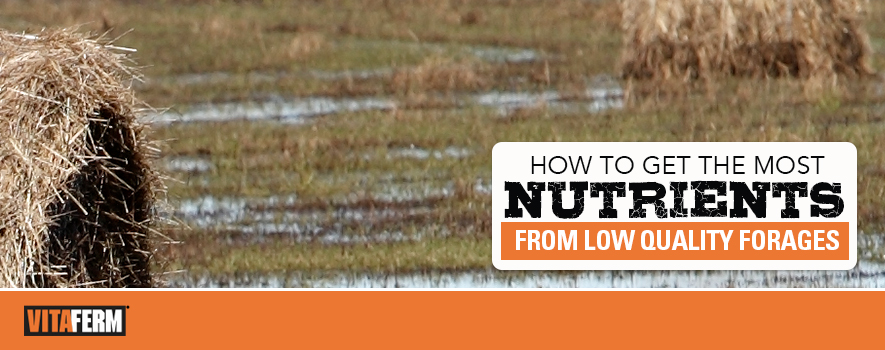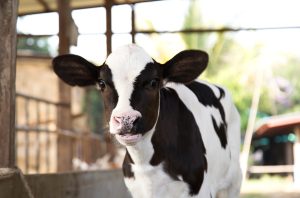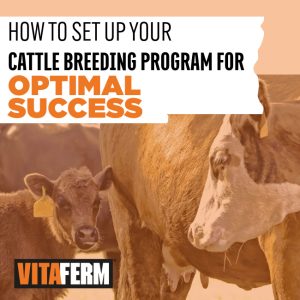
As summer’s days get shorter and the crisp morning air starts to greet us, it is a reminder that the seasons are about to transition into fall. With that transition comes many changes for the cattle producer, including considerations of managing forages and how to feed those available forages in the coming months.
Availability of Forages
Mother Nature has wreaked havoc across much of the nation again this year with either extreme drought or excessive rains, which is going to make availability of forages a top concern. The current U.S. Drought Monitor indicates that most of the Western United States is still plagued by severe drought. Parts of Midwest and the Northeast have had excessive rains, where some people have not even been able to put up more than one cutting of hay. In both cases, forage availability becomes an issue, and those with extra hay can either sell it for a premium or feel comfortable knowing their cow herd will make it through the winter months with ample forage supplies.
Quality of Forages
Although a person can look at harvested forage and guestimate if the value is good or poor, there is really just one way to truly know its nutrient content. Forage testing is the most effective way to measure the nutrients in your hay to know how best to supplement your herd. And BioZyme® Inc., makers of VitaFerm® offers this service free of charge to its customers.
“You can look at it to a certain extent to get a general idea of where it is. For example, if it is stemmy and doesn’t have as many leaves it probably is a lower-quality or more mature forage,” said Lindsey Grimes-Hall, Nutrition & Field Sales Manager. “The only good way to truly know it’s nutrient level is to test it.”
Adding Value to Forages
Because keeping your cow herd in good health starts with a quality nutrition program, once you know which nutrients your forages are deficient in, you can plan a supplementation program for those first. Grimes-Hall reminds producers that protein and energy are two of the most critical nutrients to the diet, so they should be supplemented at levels needed for optimal performance.
“Protein helps feed the rumen bugs. If there’s not enough protein in the diet, the rumen bugs aren’t able to grow and thrive and digest the forages that are consumed,” Grimes-Hall said.
One good way to ensure proper protein and promote thorough fiber digestion is to feed VitaFerm® Concept•Aid® Protein products. These all-natural protein products are available in either a tub or meal form. These VitaFerm products contain organic copper, zinc and manganese to ensure maximum bioavailability of nutrients to the animal, as well as high levels of vitamin E and selenium to promote optimized fertility. All VitaFerm products include Amaferm®, is a prebiotic designed to enhance digestibility by amplifying the nutrient supply for maximum performance. It is research-proven to increase intake, digestion and absorption.
“The VitaFerm Concept•Aid Protein products not only provide the highest quality protein and vitamin and mineral package, but also the Amaferm advantage. Amaferm is one of the best products on the market to improve the conversion of feed into energy and protein,” Grimes-Hall said.
In addition to providing a high-quality supplement, Grimes-Hall also suggests other management techniques the producer might consider when optimizing the nutrients from low-quality forages. By reducing particle size, forages are easier to digest, and rate of passage is quickened. Consider using a chopper or mixer to further process hay and make it easier for the cattle to digest.
Perhaps one of the simplest things to counter poorer quality forage is to supplement with extra grain or add a higher quality forage, such as corn silage, to the diet. This way the producer can still feed lower quality hay that is available and maintain adequate performance.
If a producer is already feeding stored forages, pulling animals off drought-stressed pastures will allow the grass to rebound when moisture returns. Furthermore, by giving pastures a break from grazing in late summer and early fall, it will also allow them to rejuvenate and will allow for some late-season, cool-grass growth before you turn out cows for grazing later in the fall.
Whichever way you choose to supplement your herd, be sure not to skimp on nutrition, especially on those cows about to start calving. Cows in late gestation and early lactation have the highest nutritional requirements, and ensuring their nutritional needs are met will also help meet the needs of their new calves. A combination of Amaferm and protein will help increase digestion and absorption in the herd while getting the most out of your forages.


